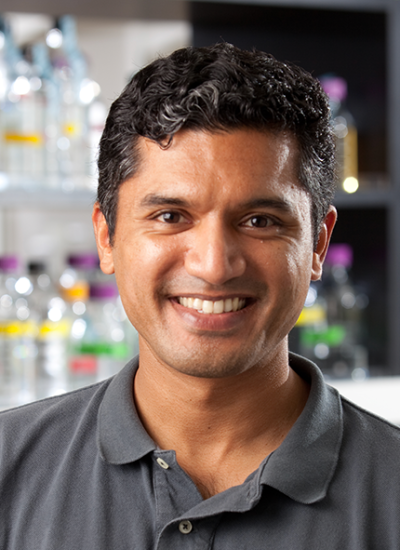Deepta Bhattacharya
Publications
Interleukin 7 (IL-7) promotes pre-B cell survival and proliferation by activating the Pim1 and Akt kinases. These signals must be attenuated to induce G1 cell cycle arrest and expression of the RAG endonuclease, which are both required for IgL chain gene rearrangement. As lost IL-7 signals would limit pre-B cell survival, how cells survive during IgL chain gene rearrangement remains unclear. We show that RAG-induced DNA double-strand breaks (DSBs) generated during IgL chain gene assembly paradoxically promote pre-B cell survival. This occurs through the ATM-dependent induction of Pim2 kinase expression. Similar to Pim1, Pim2 phosphorylates BAD, which antagonizes the pro-apoptotic function of BAX. However, unlike IL-7 induction of Pim1, RAG DSB-mediated induction of Pim2 does not drive proliferation. Rather, Pim2 has antiproliferative functions that prevent the transit of pre-B cells harboring RAG DSBs from G1 into S phase, where these DNA breaks could be aberrantly repaired. Thus, signals from IL-7 and RAG DSBs activate distinct Pim kinase family members that have context-dependent activities in regulating pre-B cell proliferation and survival.
Upon intravenous transplantation, hematopoietic stem cells (HSCs) can home to specialized niches, yet most HSCs fail to engraft unless recipients are subjected to toxic preconditioning. We provide evidence that, aside from immune barriers, donor HSC engraftment is restricted by occupancy of appropriate niches by host HSCs. Administration of ACK2, an antibody that blocks c-kit function, led to the transient removal of >98% of endogenous HSCs in immunodeficient mice. Subsequent transplantation of these mice with donor HSCs led to chimerism levels of up to 90%. Extrapolation of these methods to humans may enable mild but effective conditioning regimens for transplantation.
Mature blood cells develop from multipotent hematopoietic stem cells through a series of sequential intermediates in which the developmental potential for particular blood lineages is progressively extinguished. We previously reported the identification of one of these developmental intermediates, the common lymphoid progenitor (CLP), which can give rise to T cells, B cells, dendritic cells (DCs), and natural killer cells (NKs), but lacks myeloid and erythroid potential. Recently, several studies have suggested that the T-cell and DC potential of CLP is limited or absent, and/or that CLP contains significant myeloid potential. Here, we show that the originally identified CLP population can be divided into functionally distinct subsets based on the expression of the tyrosine kinase receptor, Flk2. The Flk2(+) subset contains robust in vivo and in vitro T-cell, B-cell, DC, and NK potential, but lacks myeloid potential and, therefore, represents an oligopotent, lymphoid-restricted progenitor. This population of cells does not appear to be B cell-biased and robustly reconstitutes both B and T lineages in vivo, consistent with its being a physiologic progenitor of both of these subsets. Thus, Flk2 expression defines a homogeneous, readily obtainable subset of bone marrow CLP that is completely lymphoid-committed and can differentiate equivalently well into both B and T lineages.
Pagination
- First page
- Previous page
- 1
- 2
- 3
- 4
- 5
- 6
- 7
- 8


